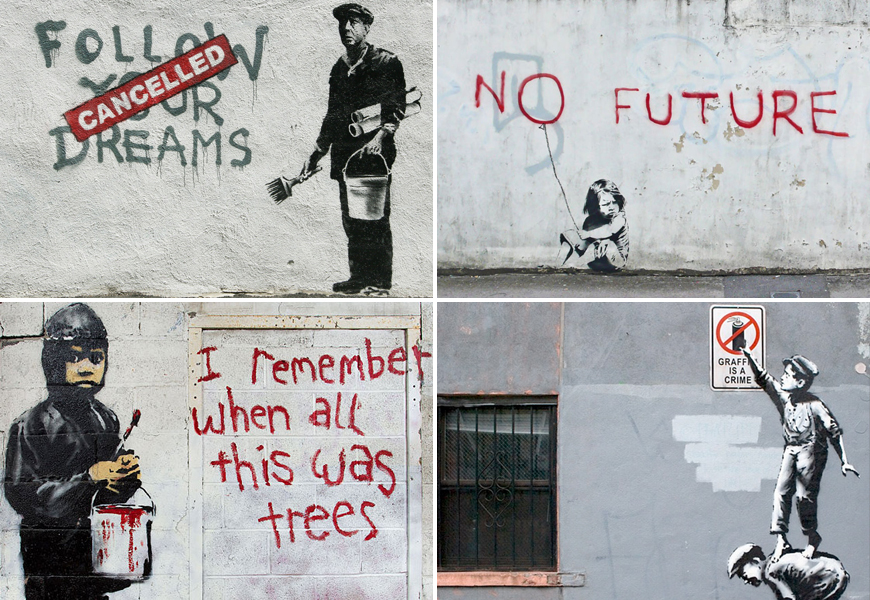No name is more synonymous with street art than Banksy. The enigmatic artist’s politically-charged works, which have appeared in cities like London, New York City, San Francisco and Toronto, have sold for millions of dollars in the past and have even inspired a handful of documentaries. Yet despite Banksy’s international fame, his true identity has long been a mystery.
Thanks to the work of Steven Le Comber, a mathematical biologist from the University of London’s Queen Mary Campus, that may no longer be the case.
Le Comber’s alleged unmasking of Banksy relies on a technique called geographic profiling, which he says he learned from Kim Rossmo, a criminologist at Texas State University.
Geographic profiling is most commonly used by police as a way of narrowing down suspect lists by examining multiple crime sites to determine where a culprit likely lives. It has also been used to combat epidemics, as it is effective in identifying the probable source of a disease outbreak. In the case of Banksy, Le Comber applied geographic profiling to the location of 140 Banksy works in Bristol and London, England. This allowed him to hone in on the rough location of the ghostlike artist’s home.
The results of Le Comber’s study, which were published in the Journal of Spatial Science, line up perfectly with the location of a man named Robin Gunningham—who has been pegged as the real-life Banksy in the past.
“The spatial locations of Banksy artwork in both London and Bristol are associated with sites linked to one prominent candidate, Robin Gunningham,” Le Comber explained in the Journal.
According to a report by the CBC, Banksy’s spokesperson Jo Brooks has not yet issued a response to this news. The evidence of Gunningham’s being the man behind Banksy’s world-famous art, however, is becoming difficult to refute. It’s looking more and more like the mystery is solved.
The question is, why ruin the mystery? A large part of Banksy’s appeal has long been his elusiveness, and that elusiveness disappears if his identity is exposed.
Well, according to Le Comber, the intention of this research was to emphasize “the flexibility of geographic profiling,” going so far as to suggest the technique could be used to foil terror plots before they happen.
“Some terrorists will engage in graffiti, banner-posting and leafletting to establish their credibility,” Le Comber explained. “You could potentially use the spatial pattern of leafletting to identify the location of terror cells.”











